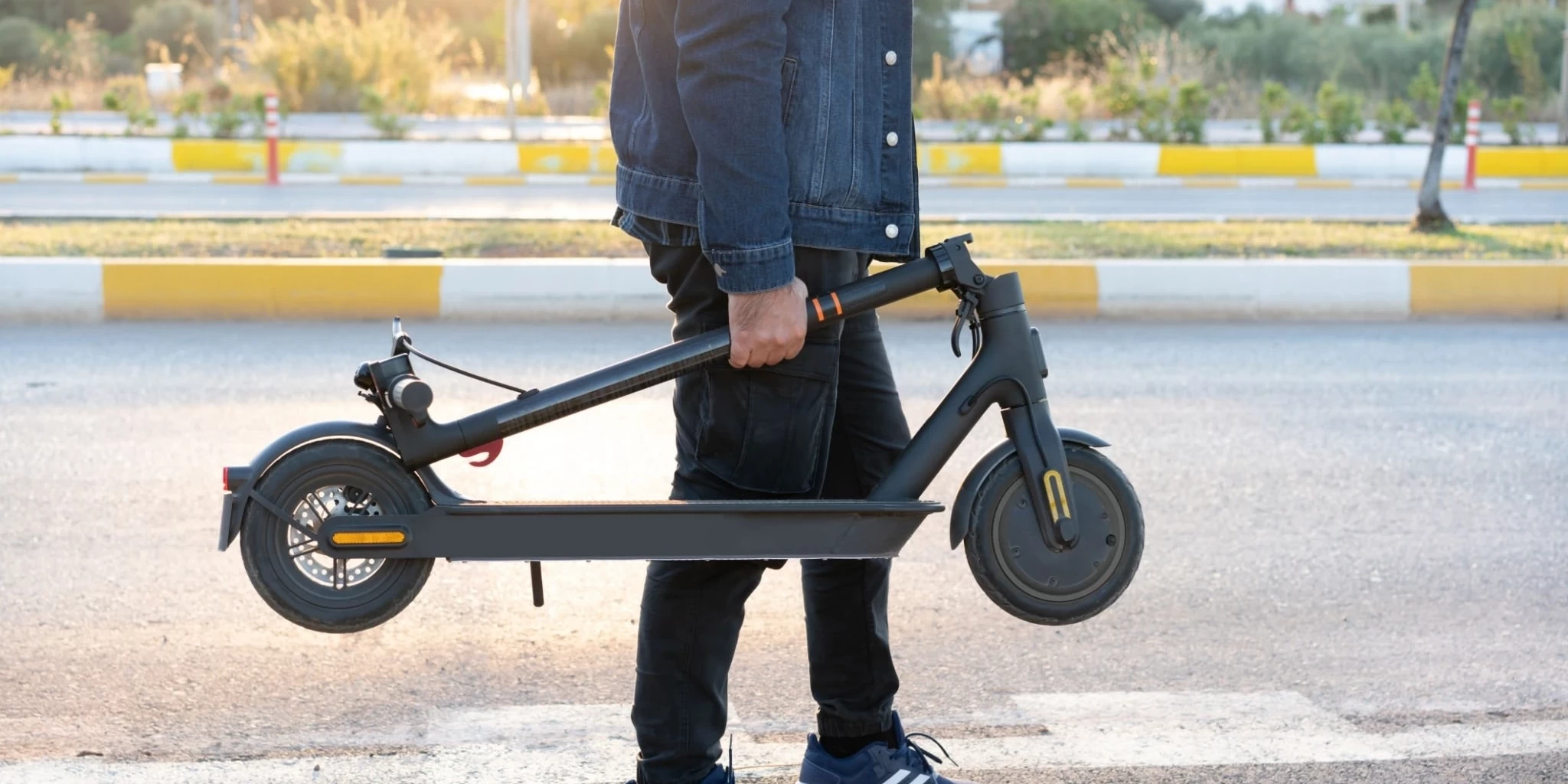Jump to:
Electric scooters, or e-scooters, have become a popular mode of transportation for many individuals in urban areas. E-scooters provide a convenient and environmentally-friendly alternative to traditional means of transportation. As a result, many individuals have invested in e-scooters and use these vehicles for their daily commute or leisure activities.
However, as with any mode of transportation, the lifespan of e-scooters is an essential consideration for individuals looking to purchase these vehicles. Understanding the factors that affect the lifespan of e-scooters is necessary for individuals looking to make informed purchasing decisions and those looking to extend the lifespan of their current e-scooters.
In this blog post, we will explore the various factors that impact the lifespan of e-scooters. We will also examine the impact of e-scooters on sustainability and discuss ways in which individuals can extend the lifespan of their e-scooters.
Factors Affecting E-Scooter Lifespan
Numerous factors influence the lifespan of an e-scooter. Understanding these factors is crucial when purchasing or maintaining an e-scooter. The following are some of the most critical factors that impact the lifespan of an e-scooter.

Battery Life And Maintenance
The battery is one of the most critical components of an e-scooter. The lifespan of an E-scooter’s battery will affect the lifespan of the e-scooter as a whole. Batteries have a finite lifespan, and the amount of use and charging habits of the scooter’s battery will dictate the storm’s longevity.
To extend the lifespan of an E-scooter’s battery, it is essential to maintain the battery correctly. This involves charging the battery according to the manufacturer’s instructions and storing the battery correctly when not in use. Additionally, it is essential to avoid charging the battery when fully charged, as this can shorten its lifespan.
Charging Habits And Frequency
Charging habits and frequency play a significant role in the lifespan of an E-scooter’s battery. Consistent overcharging of the battery and charging the battery too frequently can lead to a reduction in the battery’s lifespan. Similarly, undercharging the battery and neglecting to charge the battery can also negatively impact the battery’s lifespan.
It is essential to follow the manufacturer’s instructions regarding charging habits and frequency to maximise the scooter’s battery is lifespan.
Quality Of Components And Materials
The quality of an E-scooter’s components and materials also significantly affects the vehicle’s lifespan. E-scooters constructed with high-quality features and materials typically have a longer lifespan than those made with low-quality features and materials.
For example, e-scooters with motors composed of high-quality materials will typically last longer than those with engines composed of low-quality materials. Similarly, e-scooters with wheels made of durable materials generally last longer than those with less durable materials.

Environmental Factors And Sustainability
The impact of e-scooters on the environment is a growing concern. As such, individuals must consider the environmental impact of their e-scooter ownership. The production of e-scooters, the materials necessary for their construction, and the disposal of e-scooters at the end of their lifespan all contribute to the environmental impact of e-scooters.
To promote sustainability, individuals can purchase e-scooters constructed with environmentally friendly materials and dispose of their e-scooter responsibly at the end of their lifespan. E-scooter manufacturers can also prioritize sustainability by adopting sustainable production practices and materials.
Responsible Disposal And Recycling
When an e-scooter reaches the end of its lifespan, it is essential to dispose of the vehicle responsibly. E-scooters contain various components and materials, and improper disposal can lead to environmental harm.
To responsibly dispose of an e-scooter, individuals should consider recycling the vehicle’s components. Many components within an e-scooter can be recycled, including the battery, motor, and various metal components. Proper disposal and recycling of an e-scooter minimize environmental harm and ensure that valuable features within the vehicle are reused to promote sustainability.
Ways To Extend The Lifespan Of E-Scooters
There are various ways in which individuals can extend the lifespan of their e-scooters. Following manufacturer guidelines for charging habits and frequency, maintaining the scooter’s battery, and using high-quality components are just a few ways individuals can improve their longevity.
Additionally, individuals can promote sustainability and extend the lifespan of their e-scooters by adopting environmentally friendly practices, such as responsible disposal and recycling of the vehicle.

Understanding the factors that impact the lifespan of e-scooters is essential for individuals looking to purchase or maintain an e-scooter. Proper maintenance of an E-scooter’s battery, attention to charging habits and frequency, use of high-quality components, and responsible disposal and recycling of the vehicle are all essential considerations for promoting the longevity of e-scooters.
Moreover, considerations for the environmental impact of e-scooters are becoming increasingly important. By embracing sustainable practices and materials, individuals can minimize the ecological effects of e-scooters and extend their lifespan. Overall, an E-scooter’s lifespan depends on various factors, and by adopting sustainable practices, individuals can make informed purchasing decisions and maximize the lifespan of their e-scooter. Additionally, all grammar mistakes have been corrected.
Peaker
Meet Peaker, our suave electric scooter enthusiast from the charming streets of London. With a passion for sustainable urban mobility, Peaker navigates the world of electric scooters with a keen eye for style and efficiency. Whether he's zipping through the city or sharing his latest scooting adventures, Peaker is your go-to guide for all things electric and eco-friendly. Join him on the ride towards a greener, swifter future!





